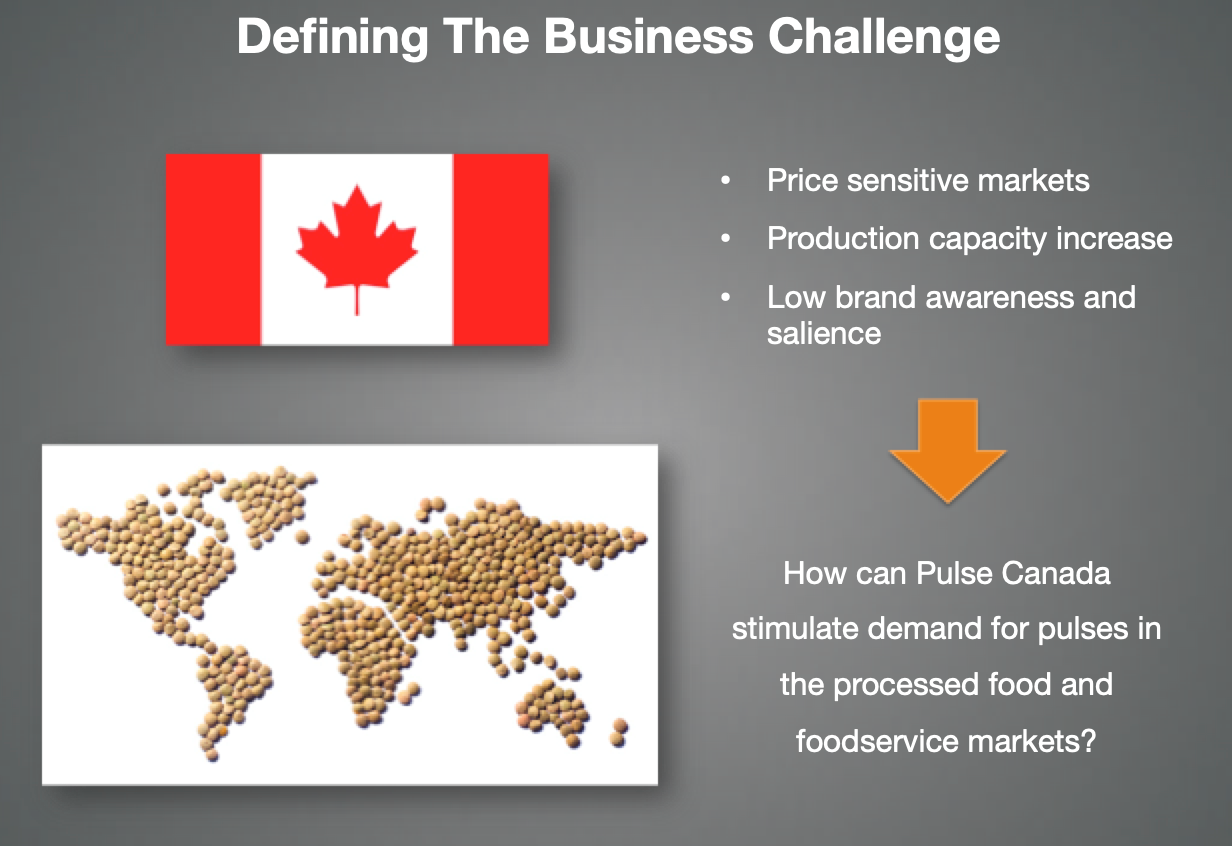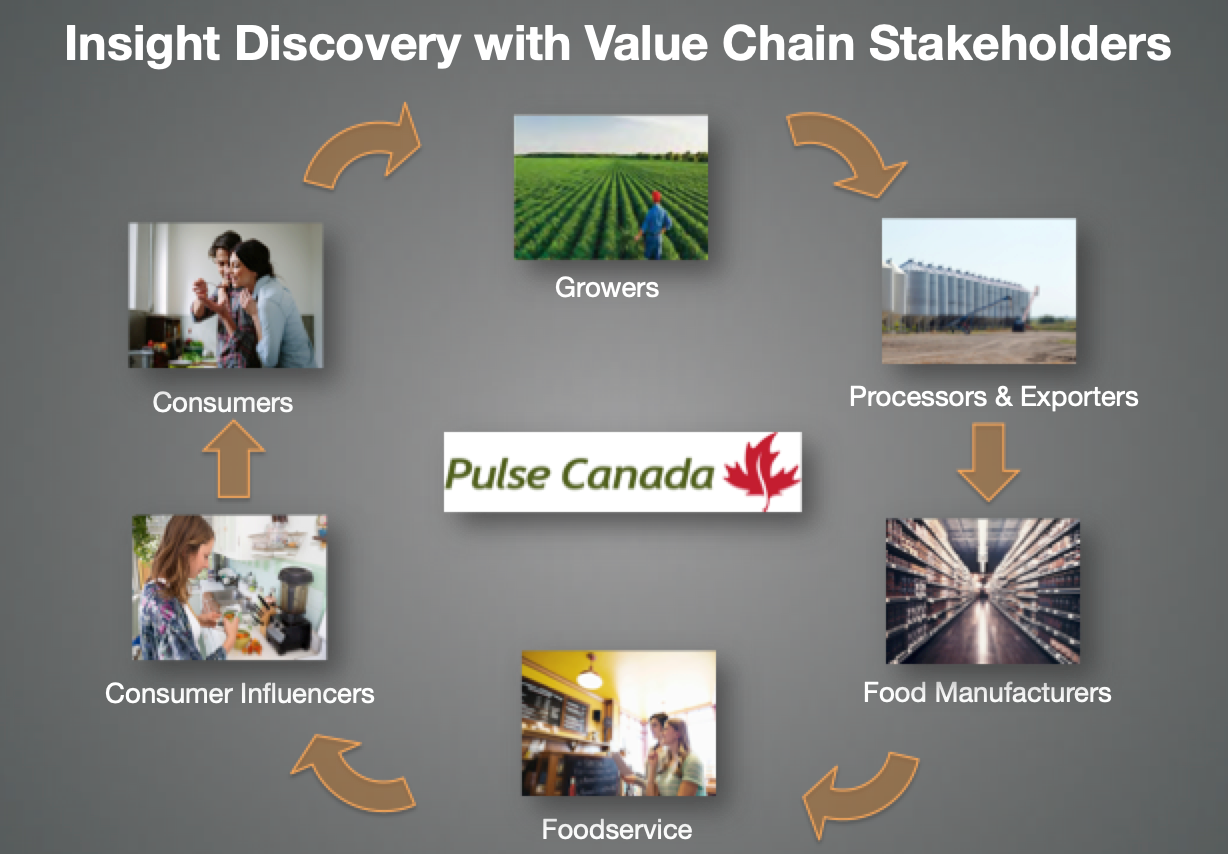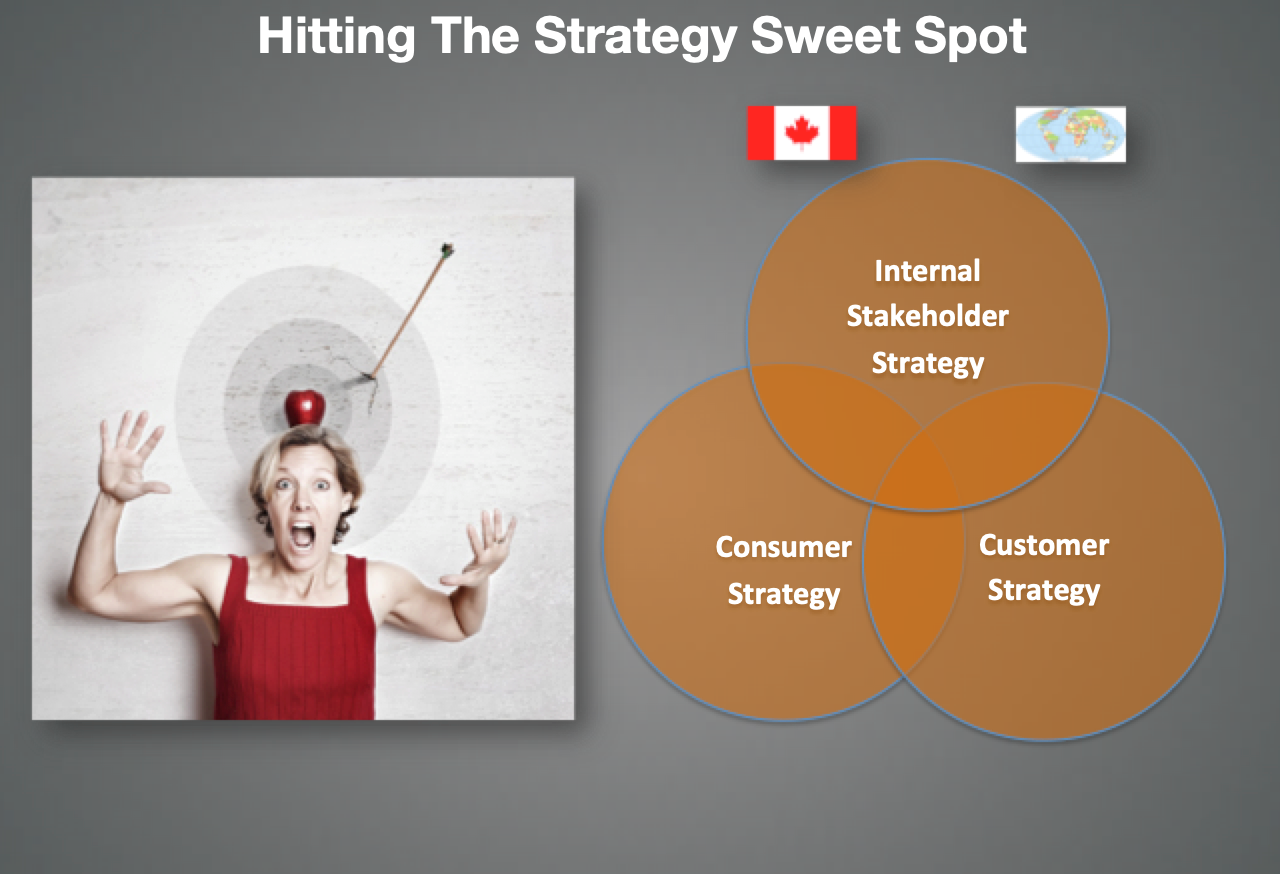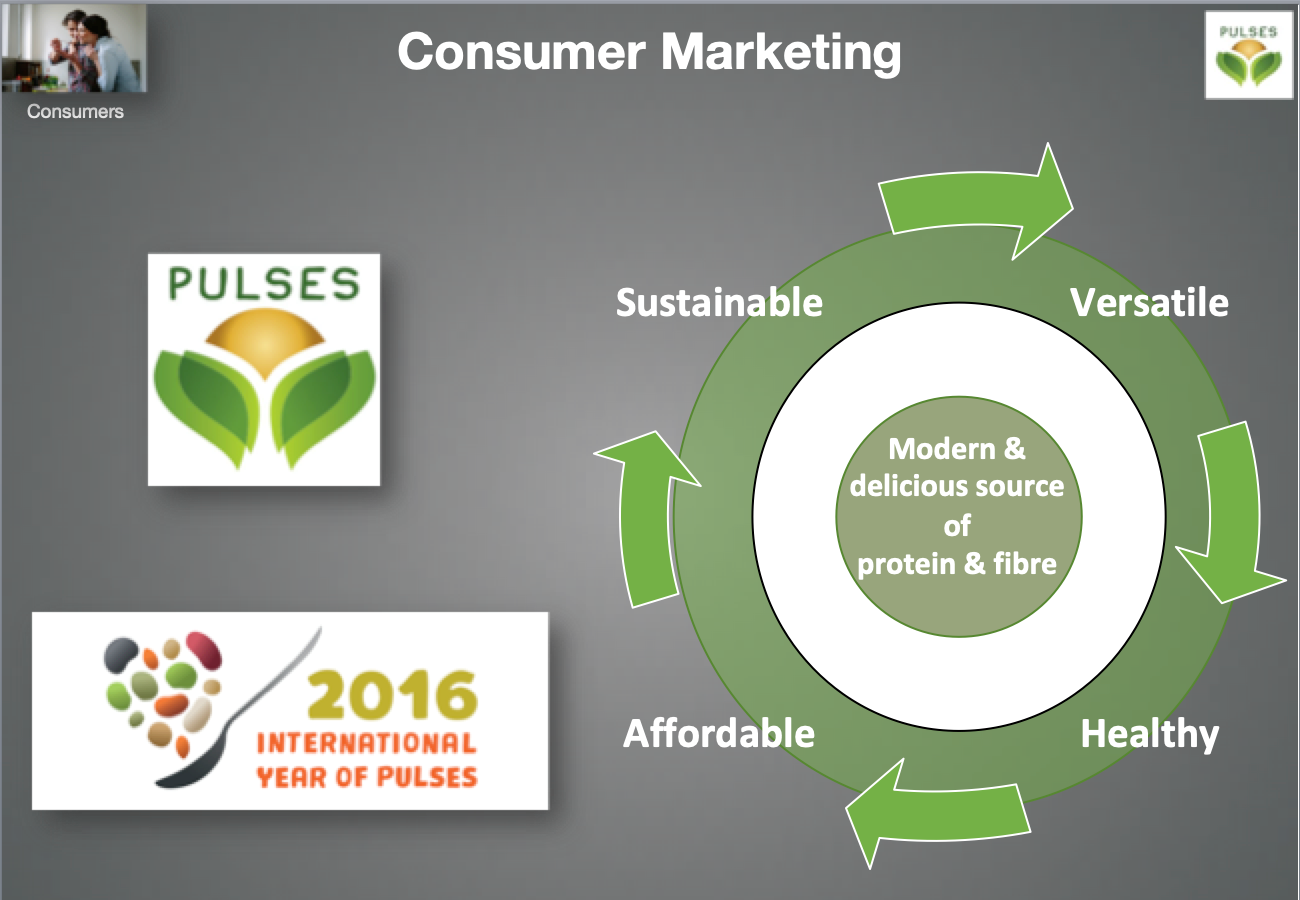If you have been following the meteoric rise of Beyond Meat, you may have read the recent Financial Post article, Pulse of the nation: How Beyond Meat could turn this humble pea into Canada’s new gold. What you may not know is the backstory of how the Pulse industry positioned itself to become a key ingredient in Beyond Meat’s mission to create The Future of Protein®
In 2012, Pulse Canada approached Pearl Strategy and Innovation Design to help with its strategic reinvention from a commodity into a brand. Pulse Canada is the national association of growers, traders and processors of Canadian pulses, also known as lentils, dry peas, beans and chickpeas.

Although Canada was the largest exporter of pulses in the world, over 50% of exports went to the most price sensitive and high risk markets, India and China. In addition, uncertainty was amplified as Canadian pulse growers and processors made significant investments to increase capacity. To future proof the pulse business, we facilitated a strategy planning workshop with Pulse Canada stakeholders to define the business challenge as: How can Pulse Canada stimulate demand for pulses in the North American processed food and foodservice markets? To address this business challenge, Pulse Canada had to overcome a lack of awareness and an outdated image.

The project scope included insight discovery with value chain stakeholders. The research objective was to understand each stakeholder’s perceptions of Pulses, their drivers and barriers to using Pulses, and the attributes they wanted in a healthy ingredient. We conducted research, by starting with the consumer and working backward through each stakeholder of the value chain. A key enabler to high impact insight discovery was the sharing of insights from downstream stakeholders, who were customers of the upstream stakeholders.

The value chain insight discovery yielded 3 sets of strategic implications that had to be consolidated the into one cohesive strategy. We identified the common needs and priorities of the 3 stakeholder groups and prioritized the strategic options through our strategy assessment matrix, consisting of the following criteria:
- Business Potential – the size of the prize
- Right to Win – the ability to sustain competitive advantage
- Capacity to Win – the ability & resources to execute

The consumer strategy focused on growing consumer demand for Pulses as a healthy ingredient for in-home meals and away from home foodservice occasions. The United Nations declared 2016 as International Year of Pulses during which a North American consumer promotion campaign was launched to reintroduce Pulses as a modern and delicious food, focusing on the nutrition features of Pulses, namely protein and fibre. Secondary features such as environmental sustainability, affordability, versatility were communicated in secondary messages.
You can check out the International Year of Pulses website here:

Consumers were also invited to take the 10-Week Pulse Pledge Challenge. The challenge was an introduction to Pulses and encouraged people to eat Pulses once a week through weekly emails that included recipes, cooking tips and information on the benefits of Pulses. Details of the Pulse Pledge Challenge can be found here:
https://pulses.org/nap/wp-content/uploads/2016/01/Pulses_eBook_2016_0218a.pdf
The customer strategy focused on developing B2B demand for pulses as a healthy ingredient for packaged foods and meals. The 2 primary customer targets were Food Manufacturers and Foodservice operators. New grocery product and foodservice meal innovations containing pulse ingredients have been on a steady rise as consumers’ appetites for healthy food and meal options continue to grow. Read more about how Canada, with its abundance of pulse crops, could possibly become a central supplier to the ascendant meatless industry in the following Financial Post article:
https://business.financialpost.com/commodities/agriculture/peas
Summary of Key Takeaways for High Impact Strategy
1) Shift Your Mindset From Conducting Research to Solving a Business Challenge
- Reframing your strategic mission will broaden the scope of strategy options, lead to better insight discovery design, and will ultimately yield greater business impact
- Include key stakeholders to help frame the business challenge to gain diverse perspectives and secure their support
2) Expand Your Research Scope From Consumer Insight to Value Chain Insight
- A successful strategy planning approach understands the needs and priorities of all stakeholders along the value chain.
- Sometimes the most significant breakthrough may occur in a less visible part of your value chain. For example, Pulse Association’s partnership with Beyond Meat has significantly accelerated the growth of Pulses.
3) Transform From Actionable Recommendations to Hitting the Strategy Sweet Spot
- To successfully solve the business challenge in a manner that gets effective execution, it is critical to develop a strategy that holistically meets the needs and has the support of each key stakeholder along the value chain.




